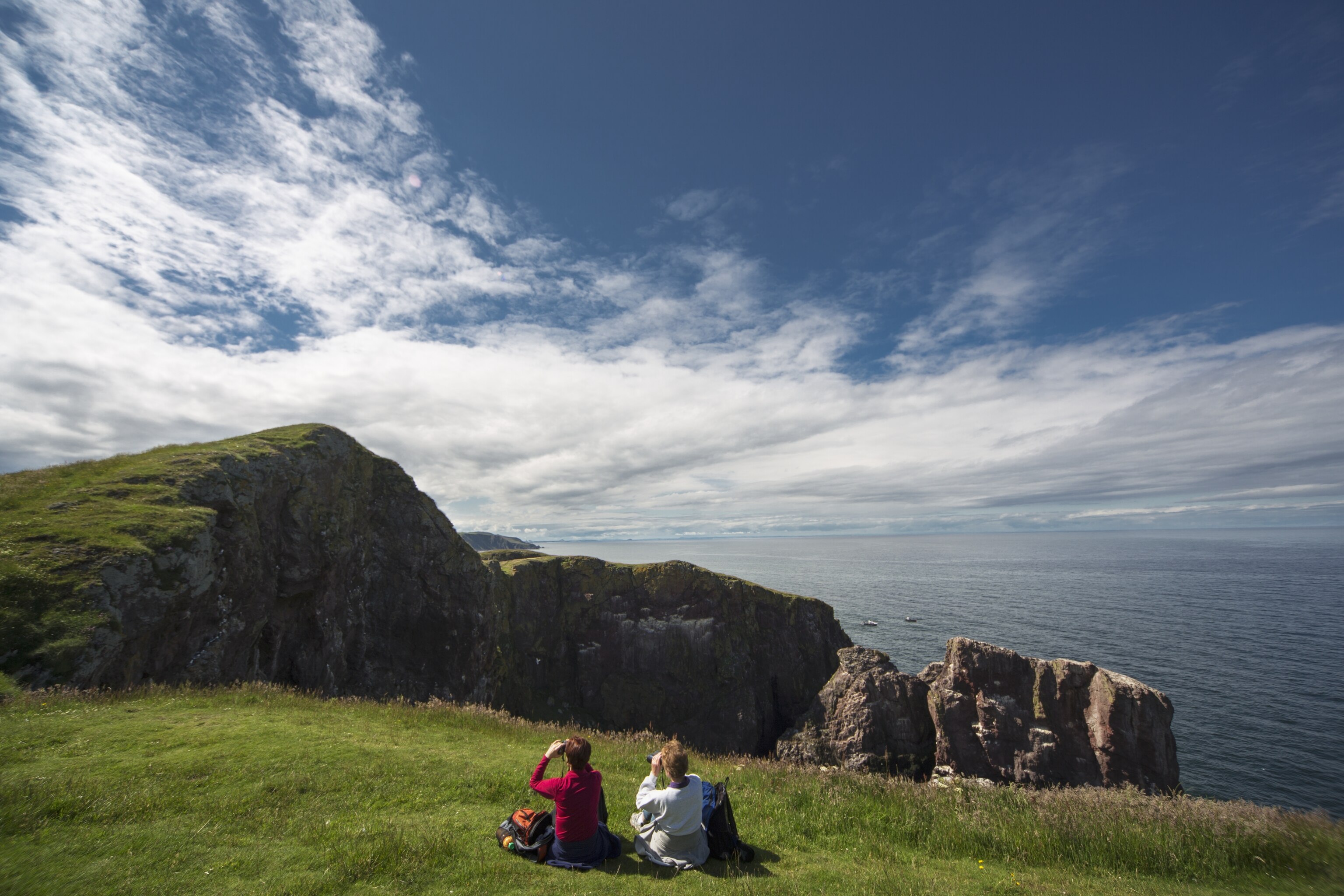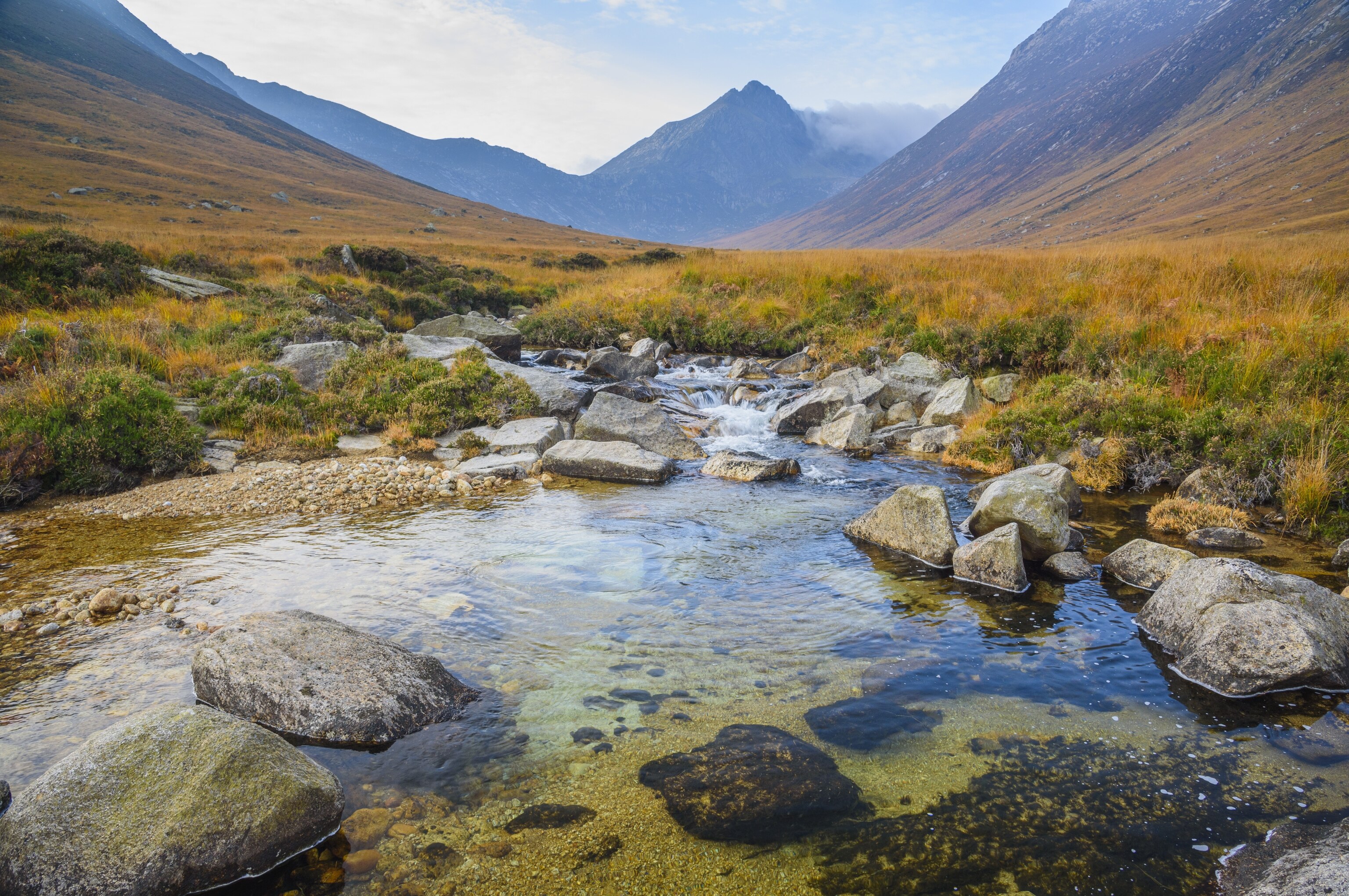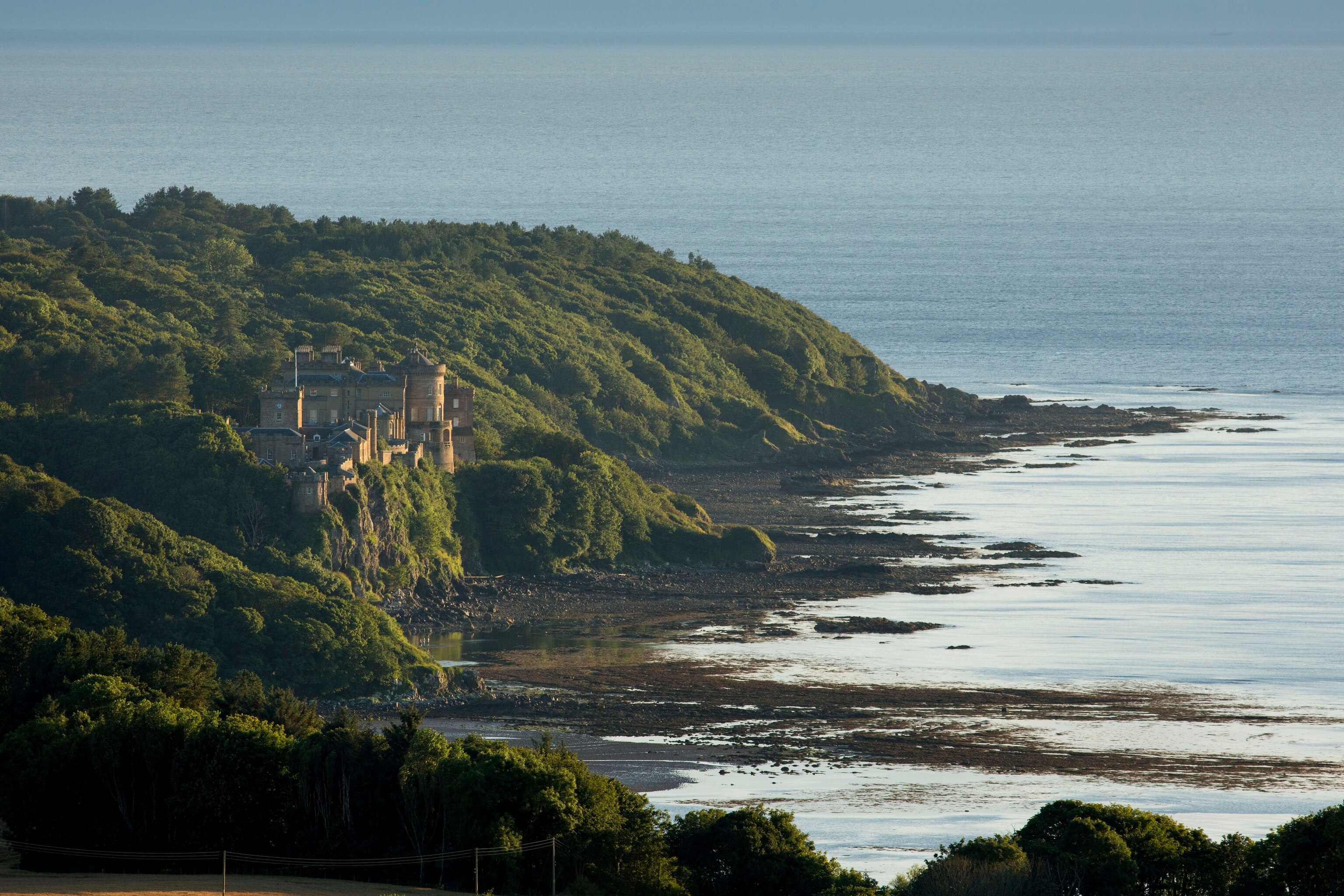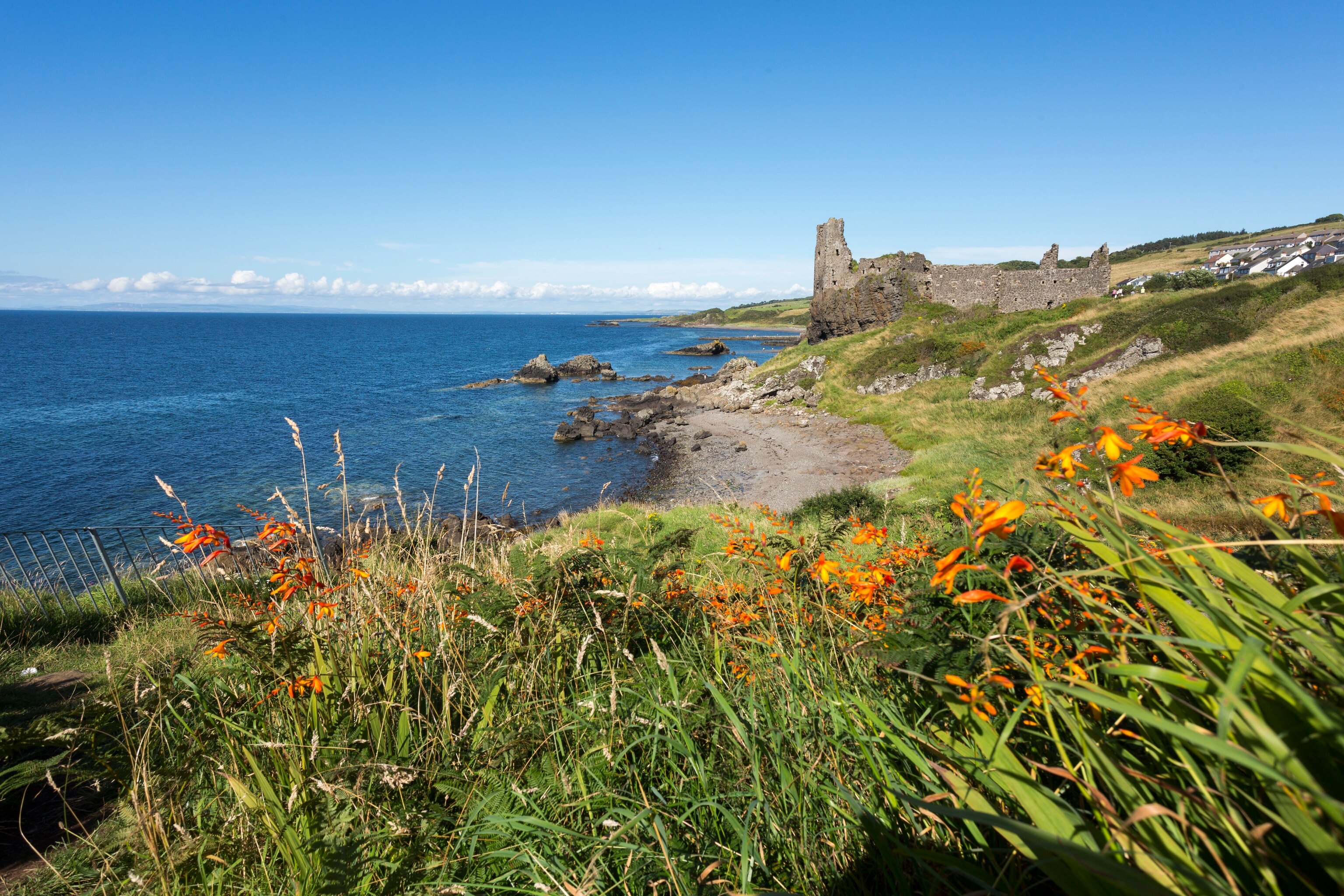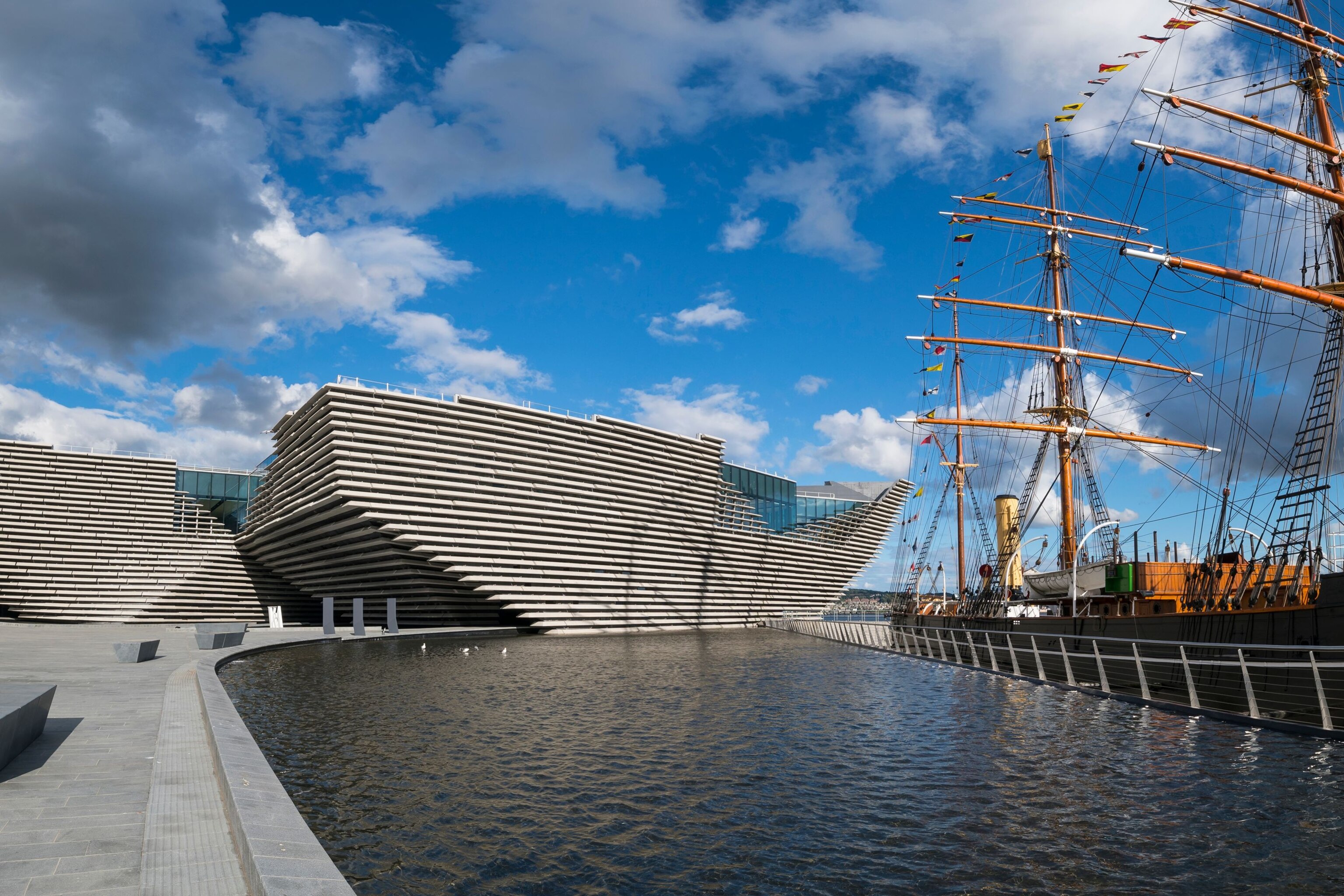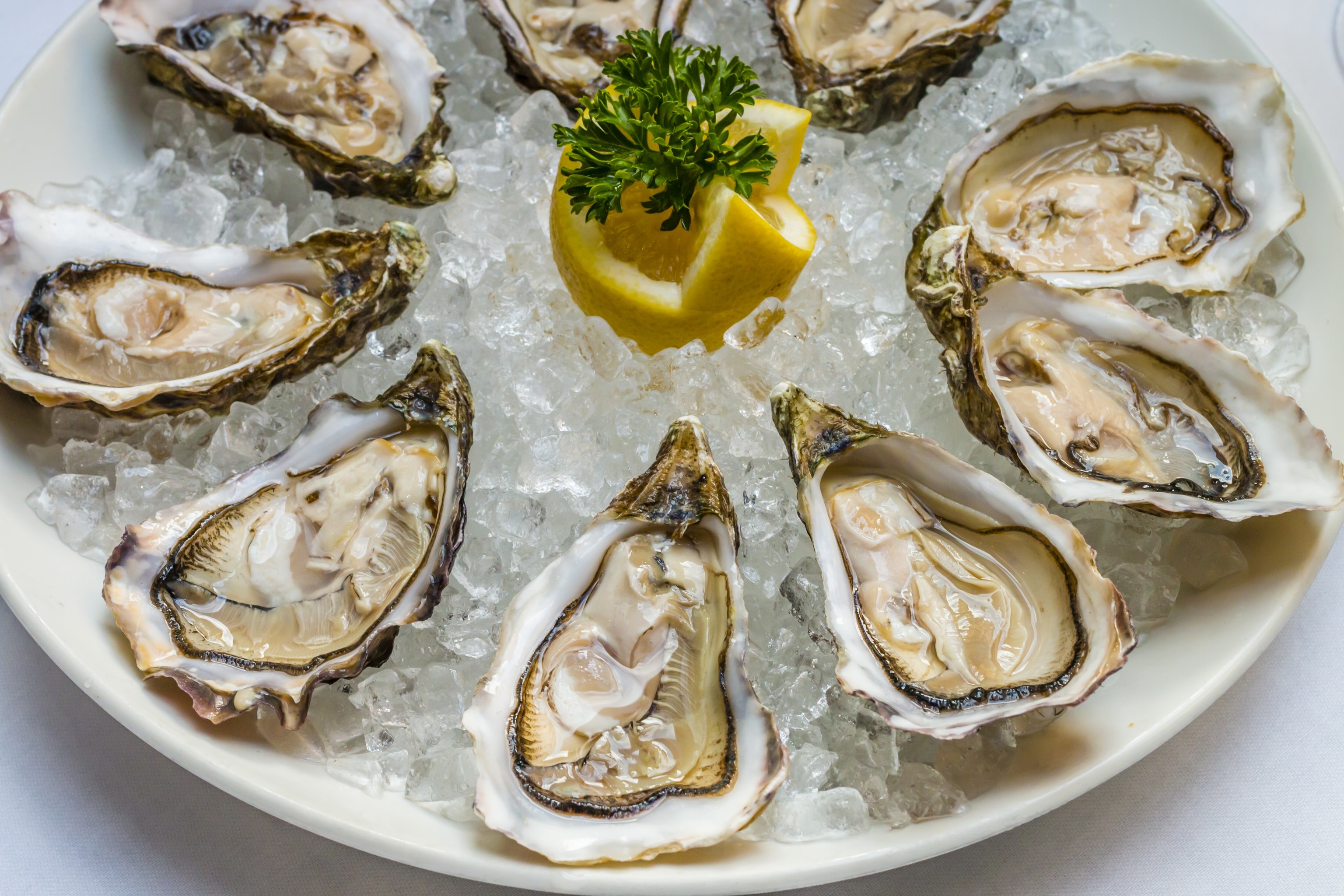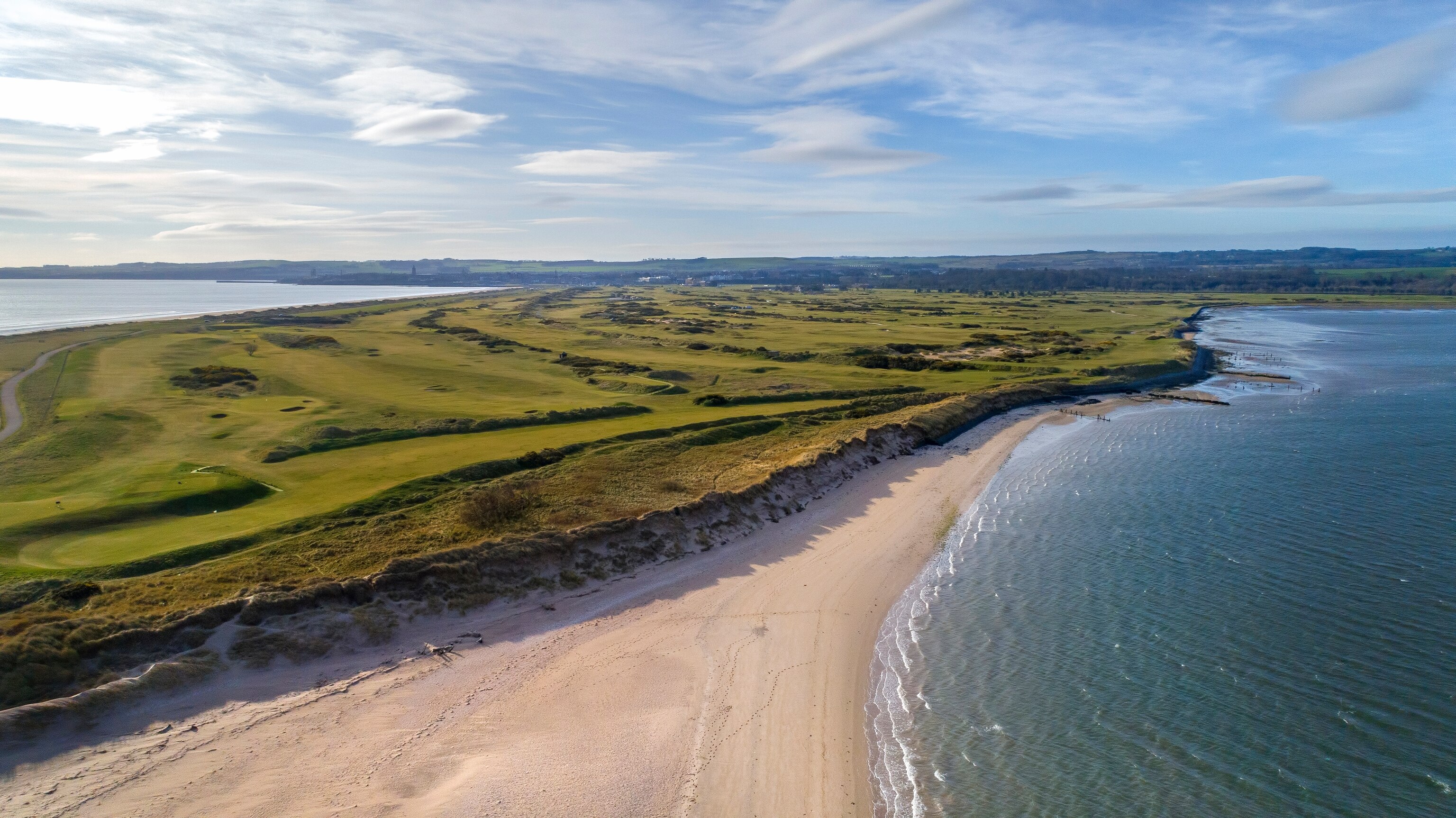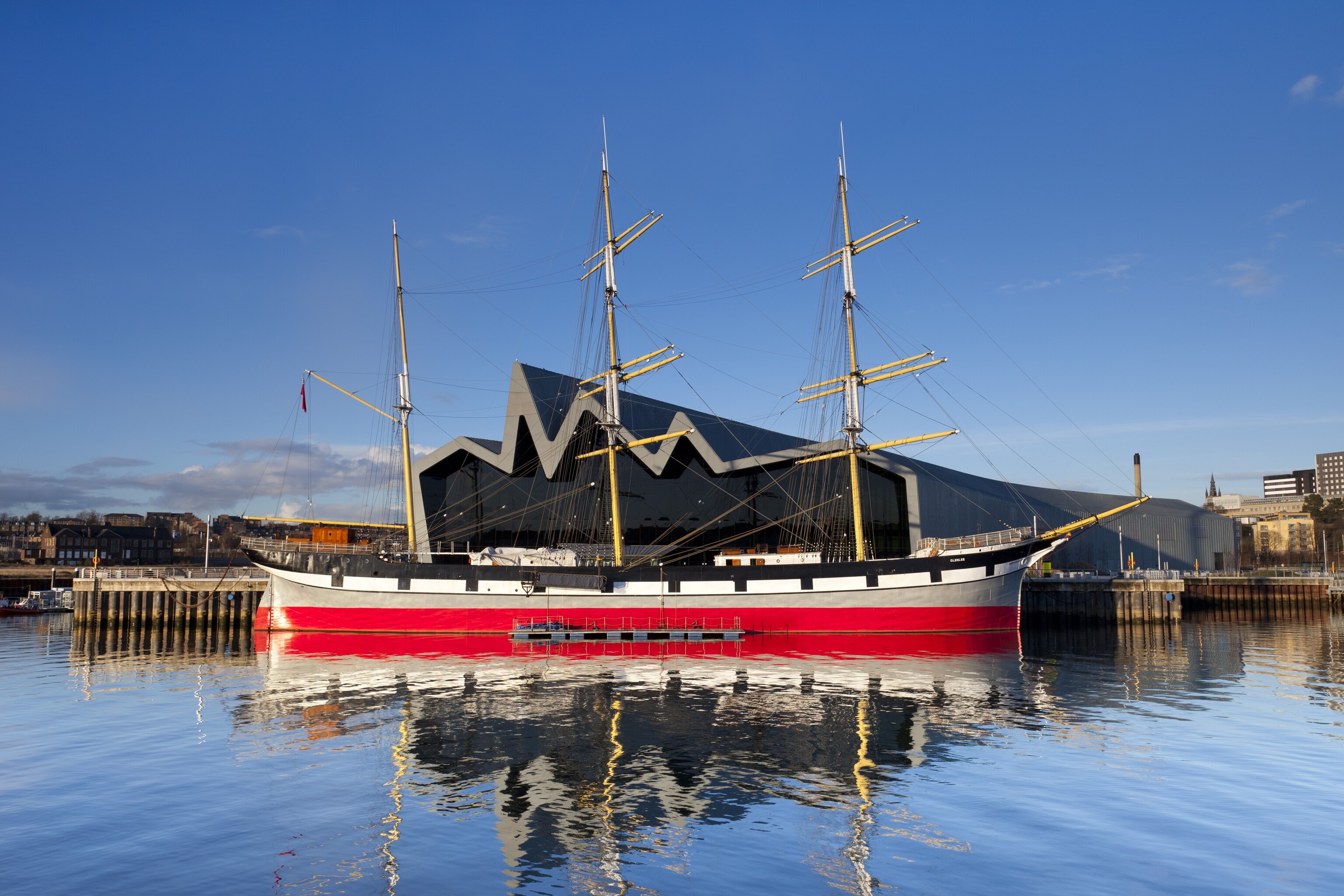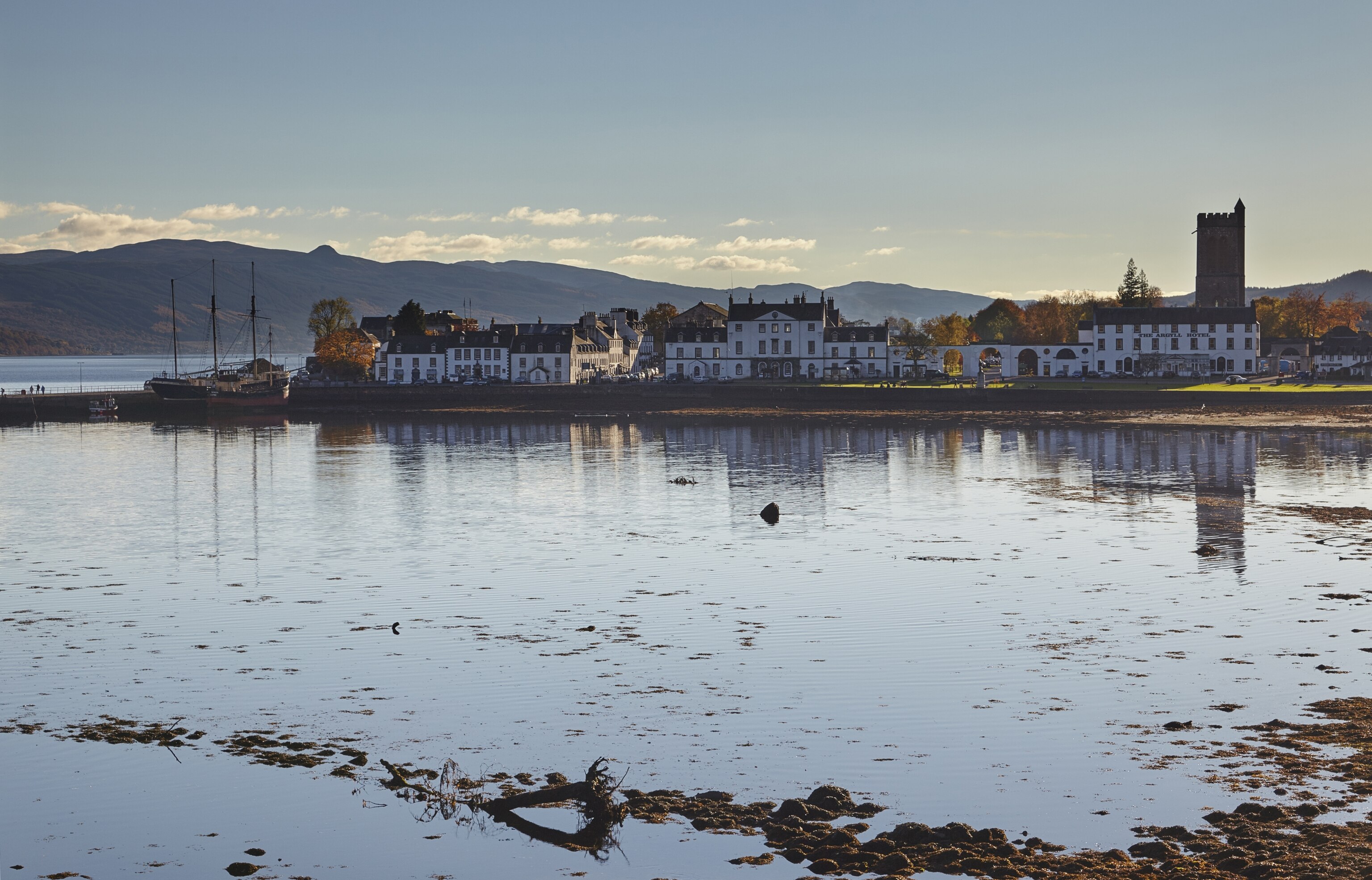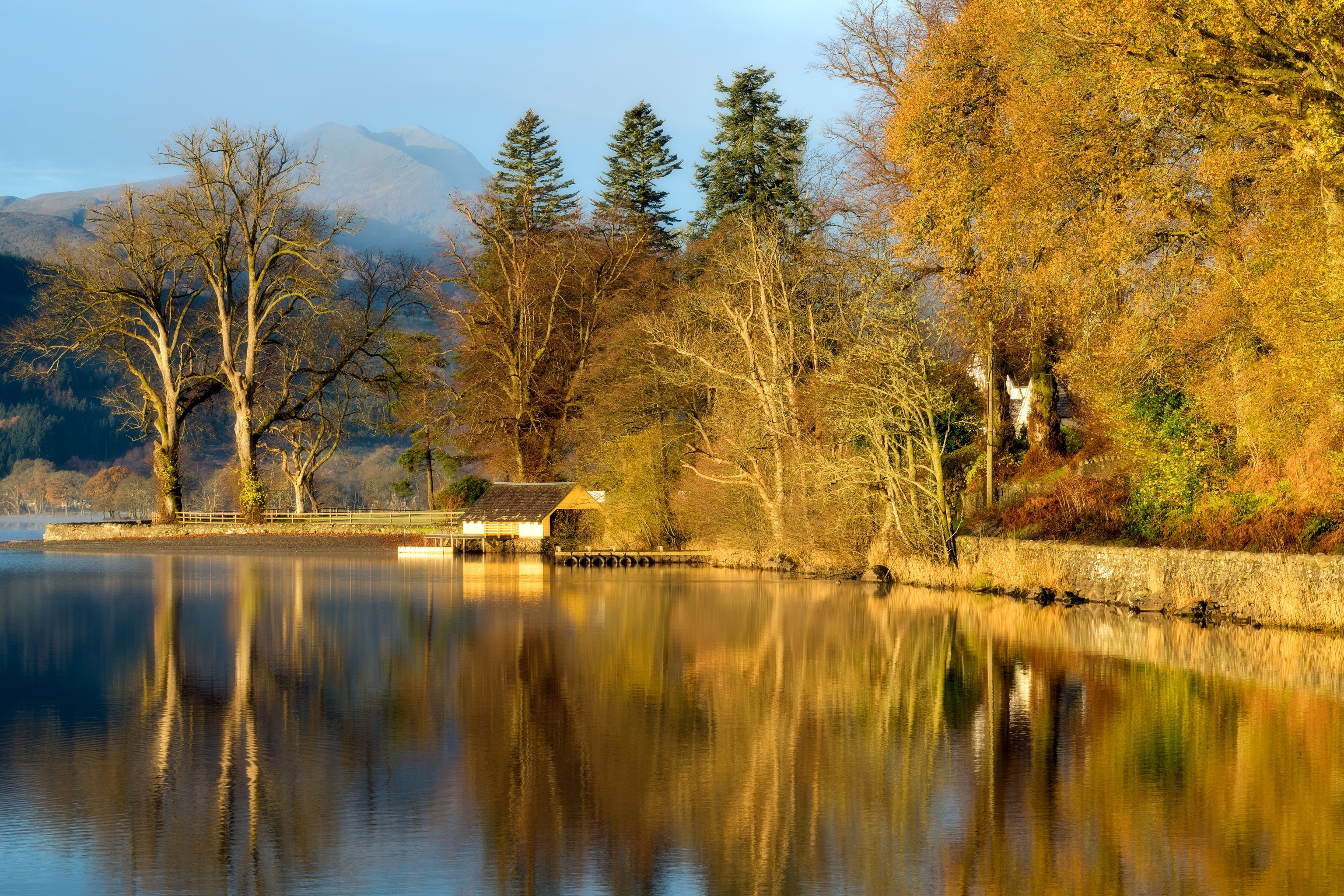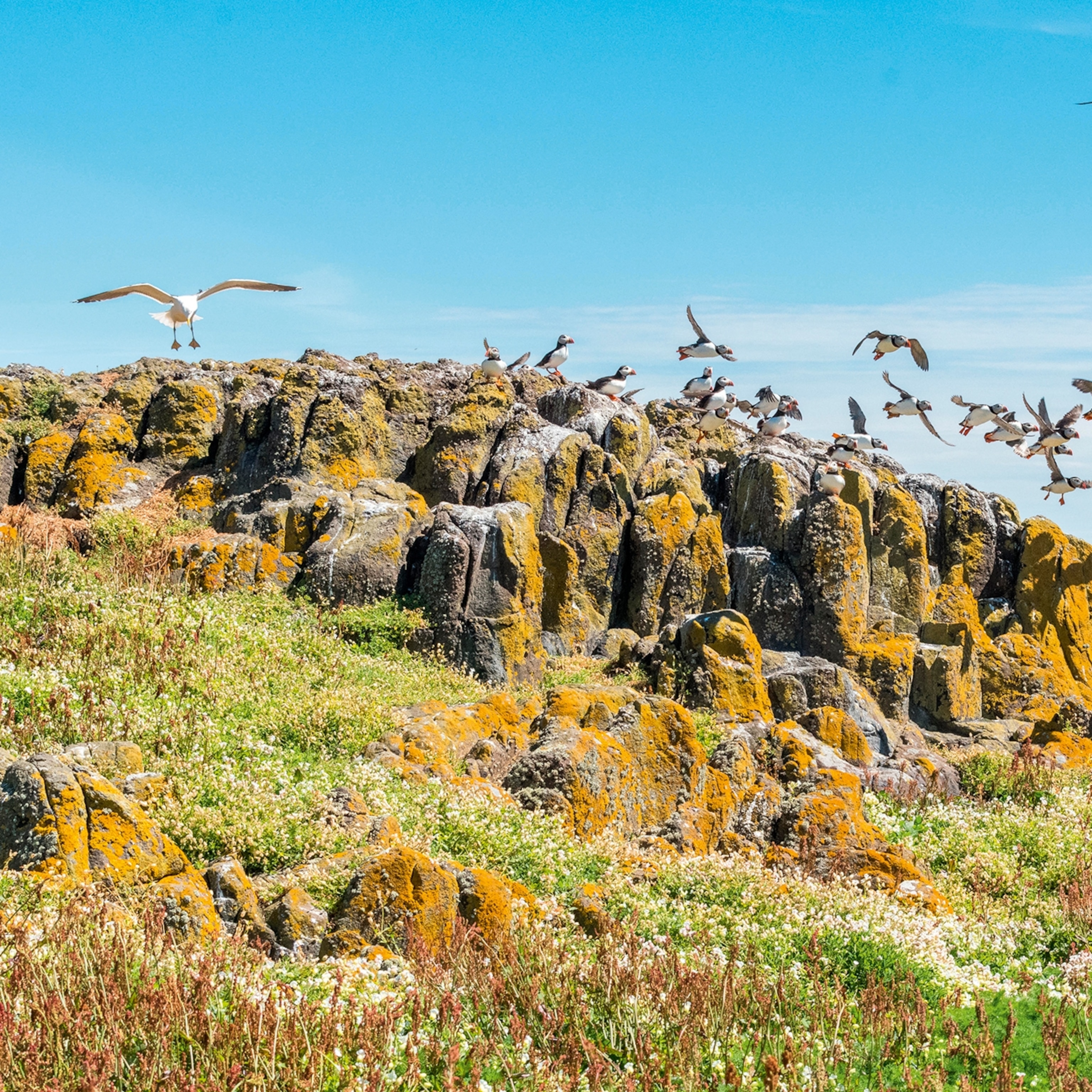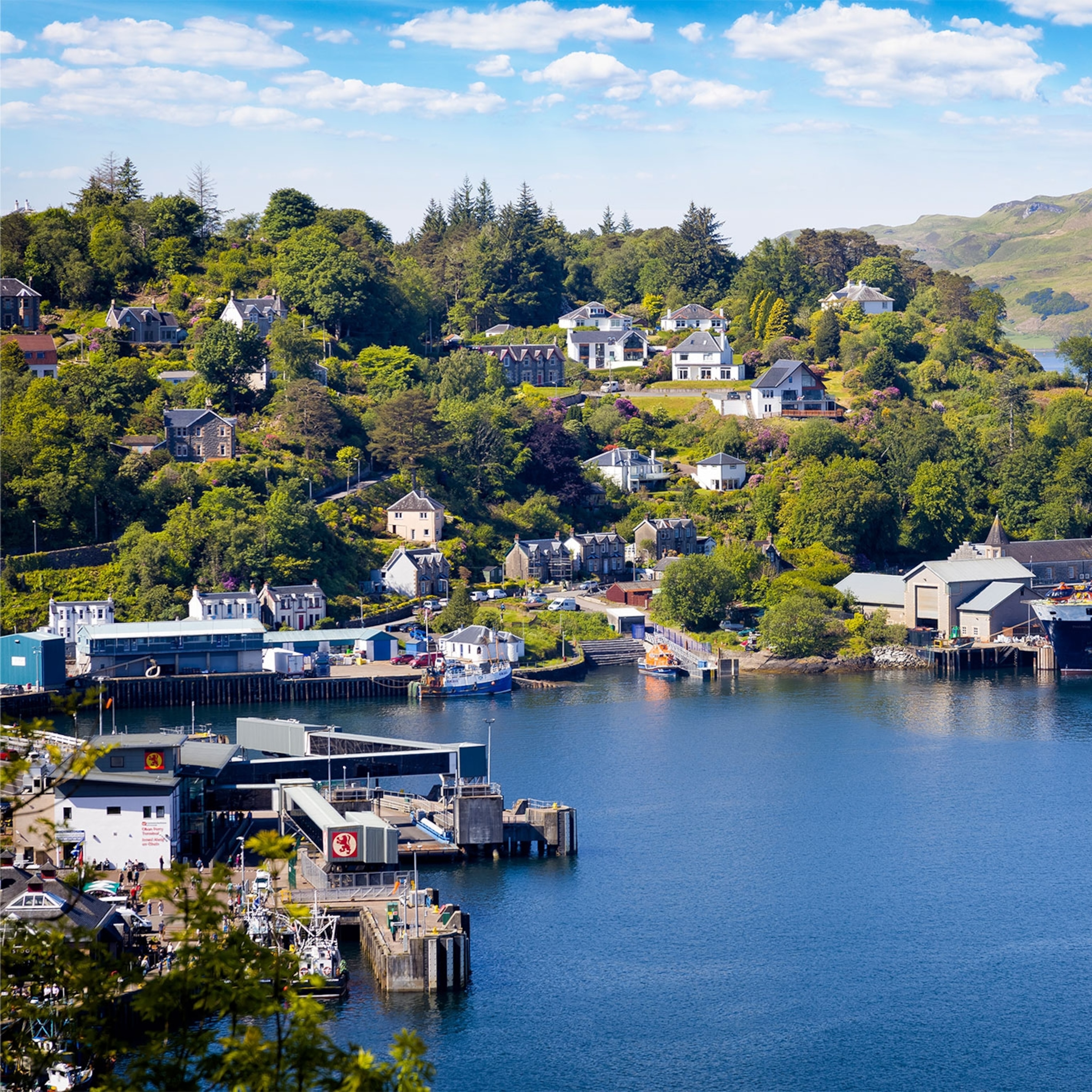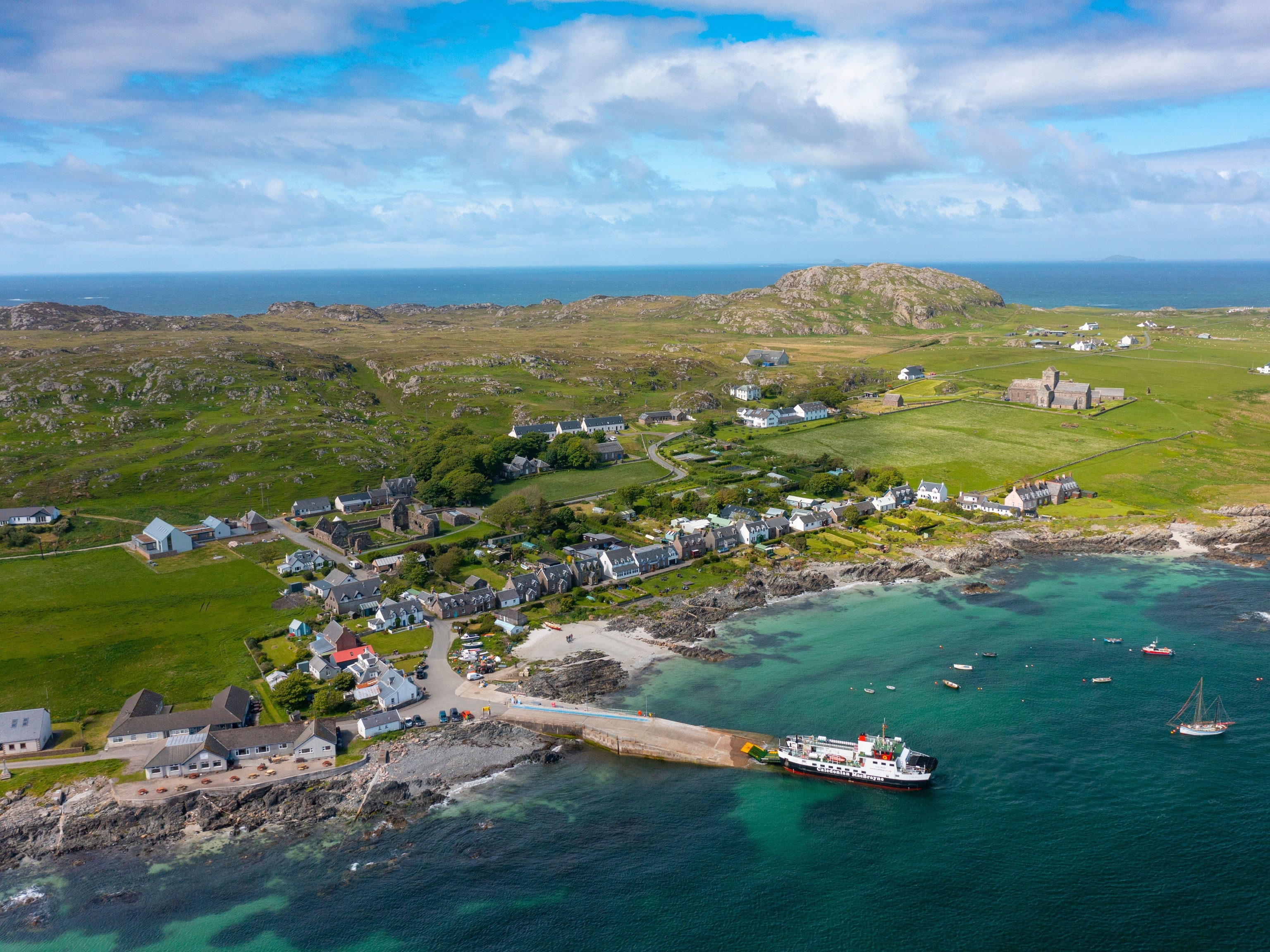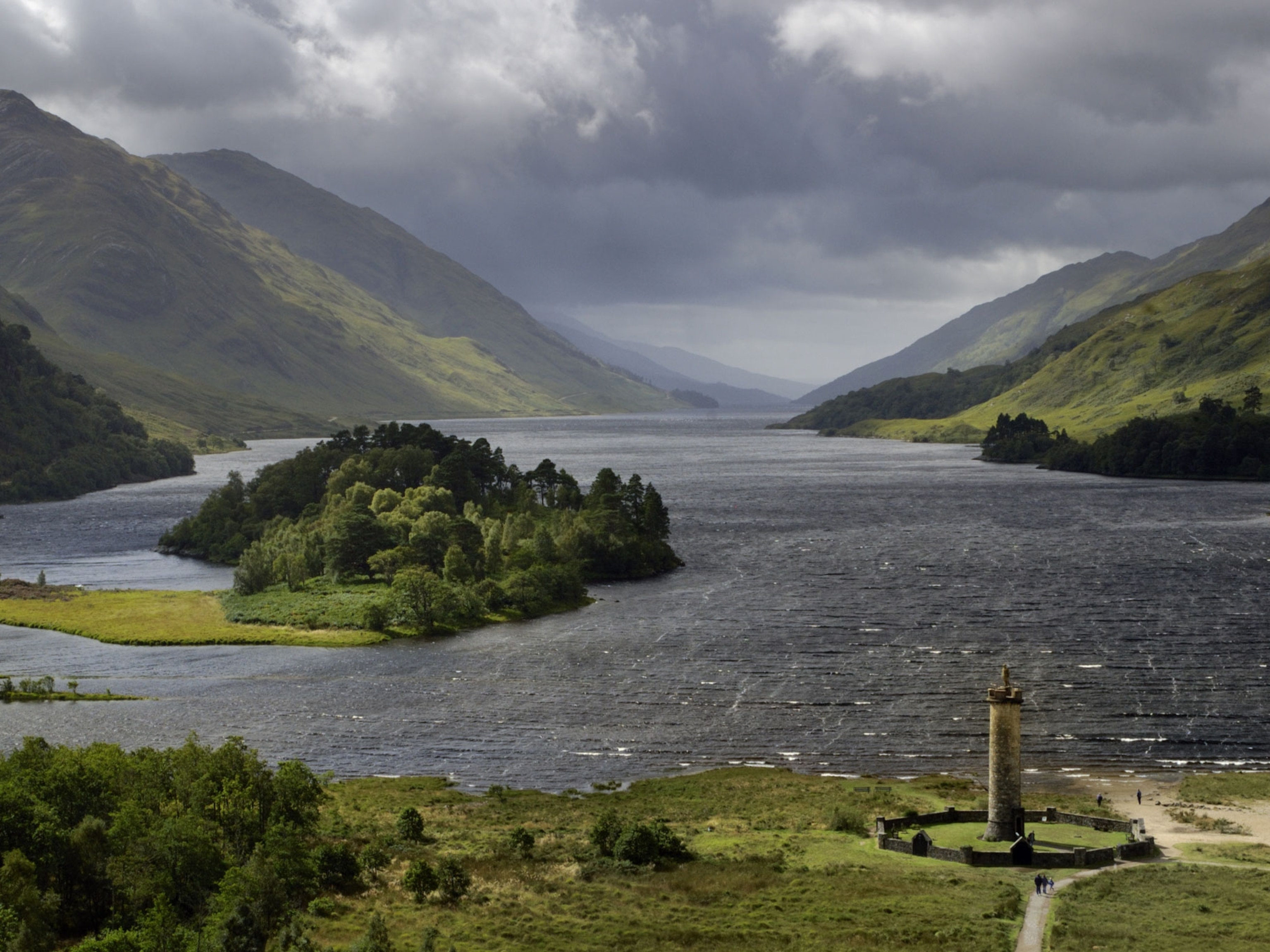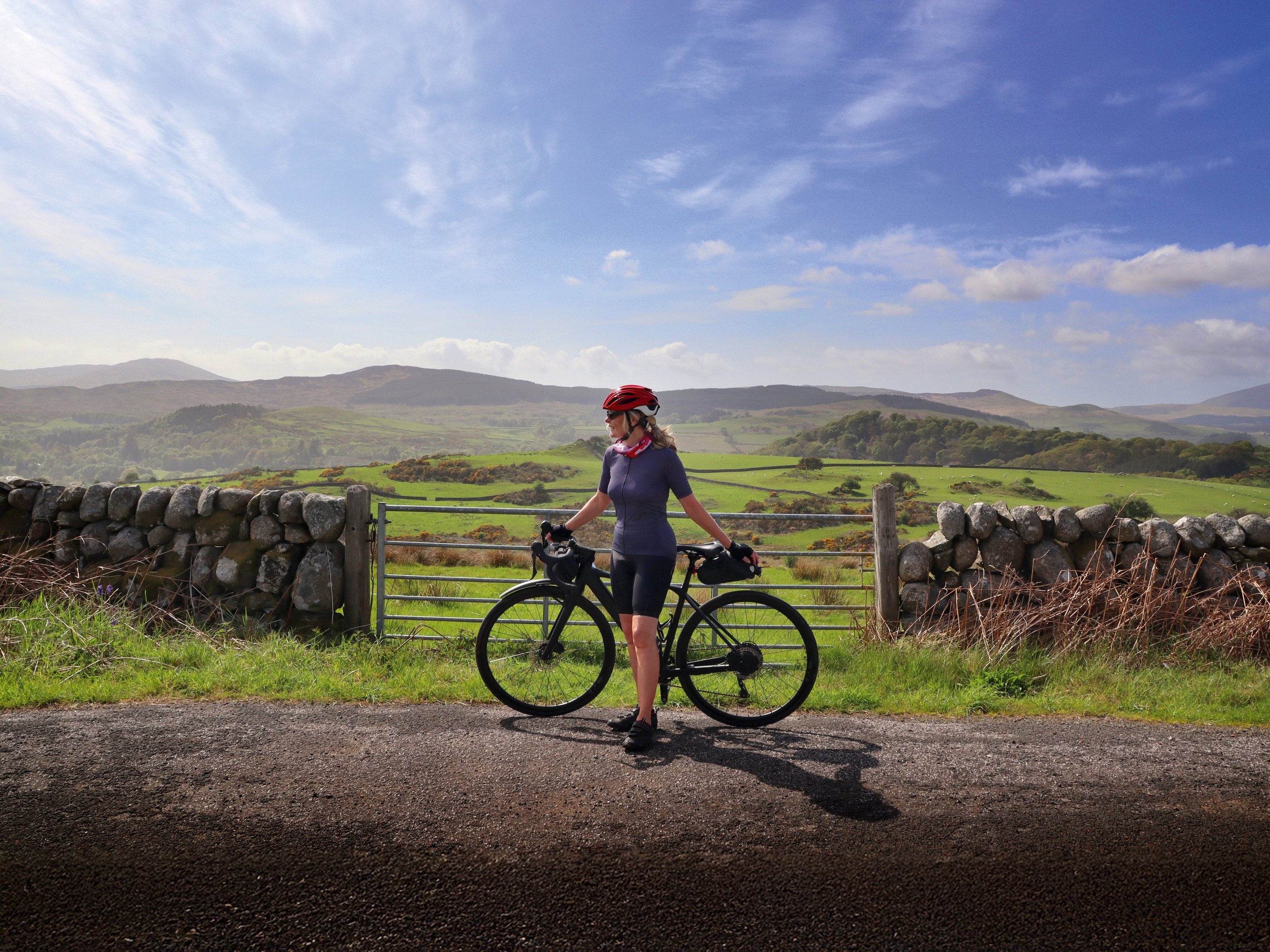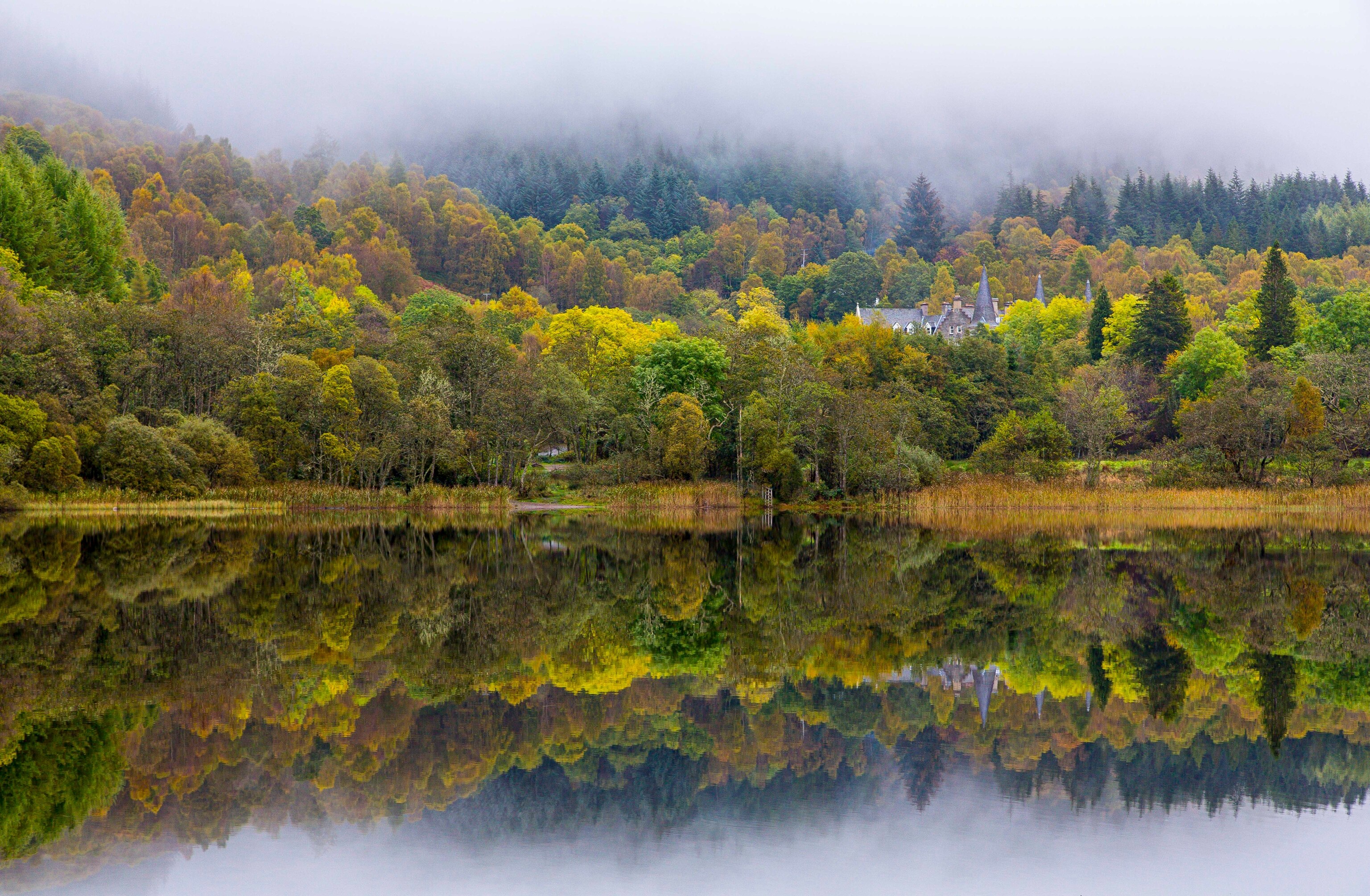
Adventures on Scotland’s coasts and waters
Scotland’s Highlands and islands are beautiful — and there are more stunning coasts and waterways to be found all over the nation.
Not every loch is blessed with its own monster. So while Ness and other famous Highland lochs rightly get a lot of attention, the rest of Scotland, offers a very different set of experiences. This, the Year of Coasts and Waters, is an ideal time to get to know some of these less explored areas and their beautiful shores, whether that’s east coast or west, or among the sumptuous lochs in the heart of the nation. To help you on your way, here’s what you can see, eat, and do around three of Scotland’s most stunning water-sculpted areas.
For wild coasts and history, real and imagined:
Explore Ayrshire and Arran, and the Scottish borders
The Scottish Lowlands do not have the same mountainous topography as the north of the country, but they are no less blessed with poetry and legend. In Ayrshire, home of Scotland’s national poet Robert Burns, the coast is characterized by long beaches looking out to islands in the Firth of Clyde. Throughout summer, the sun sets over Arran, while the unusual silhouette of the volcanic plug Ailsa Craig is visible too. Arran, often described as ‘Scotland in miniature’, makes a perfect day-or-two trip, with a dramatic route running around its perimeter and an interior characterized by waterfalls, bubbling burns and some of the highest mountains in southern Scotland, including Goatfell.
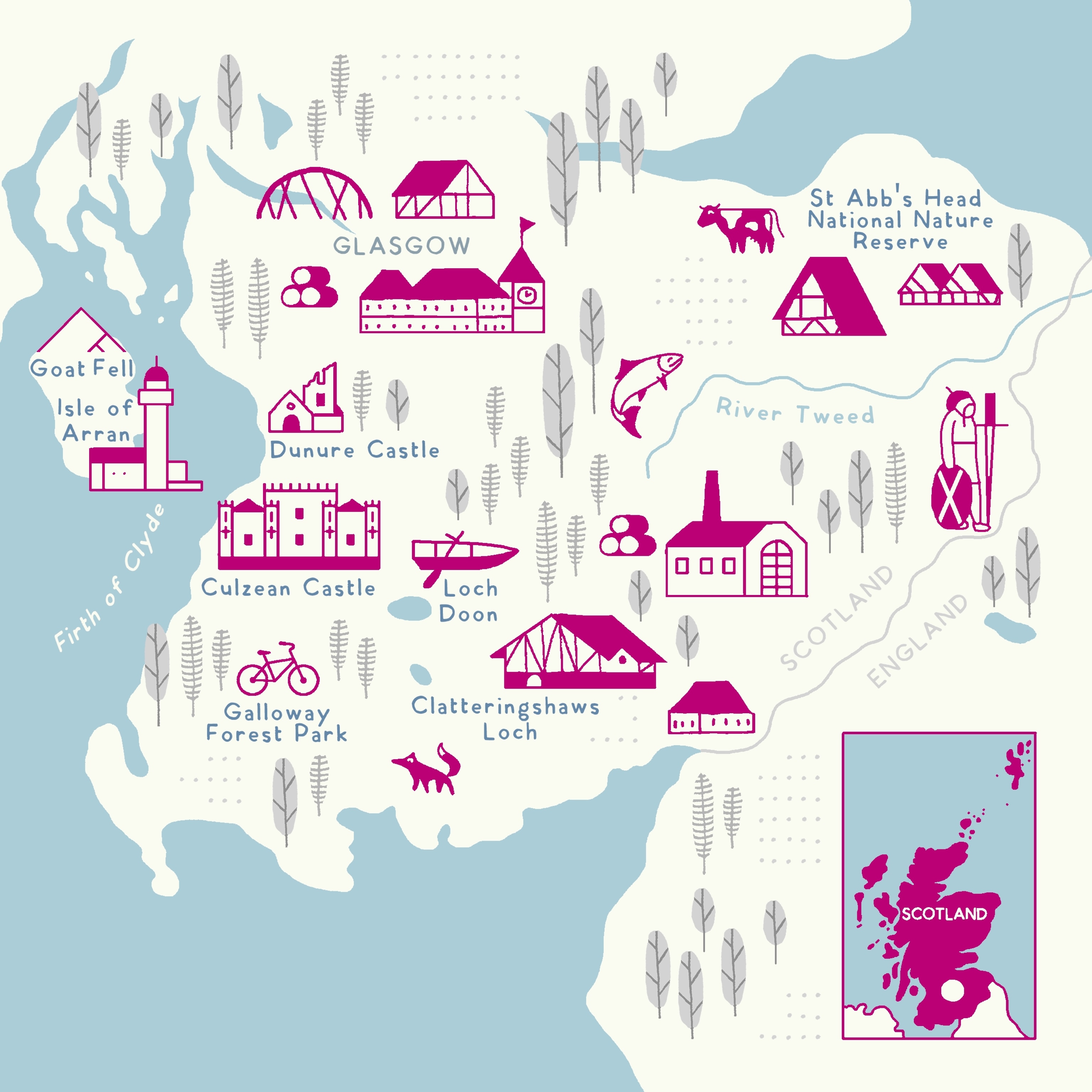
Continuing down the Ayrshire coast, the ruined castles at Greenan and Dunure sit precariously on cliff-tops, but beautiful Culzean (please check hours with venue before visiting) is kept in comparatively perfect condition. Built in the late 1700s, from the castle ramparts basking sharks can often be spotted during summer months in the Firth, while immediately below, the shoreline is covered by kelp and rockpools. Between those and the adventure play park built on the castle grounds, it’s ideal for family visits.
Turning away from the coast, the Galloway Forest Park, the UK’s largest forest park, is a deeply dark place in Dumfries and Galloway—so much so that it was chosen as Europe’s first official International Dark Sky Park. While eyes may well be drawn upwards at night, the forest is also characterized by lochs and their beautiful tributary burns, with Loch Doon and Clatteringshaws Loch both providing excellent foregrounds and reflective surfaces for celestial photographers.
The eastern Lowlands are rich with their own watery charms, too, not least the River Tweed, but anyone looking to stretch their legs and get a lungful of North Sea air should head to St Abb’s Head National Nature Reserve. Here on the dramatic clifftops, you’ll be joined by puffins, razorbills, and guillemots galore.
For gourmands, gin lovers, and golfers:
Explore East Lothian, Fife, Dundee and Angus
Seaside towns such as lovely North Berwick and its six nearby golf courses–including the 250-year-old Muirfield–have boasted enviable Scottish coastline for well over a century. Whether you’re interested in golf or not, this an ideal place to stop for some seaside fish and chips.
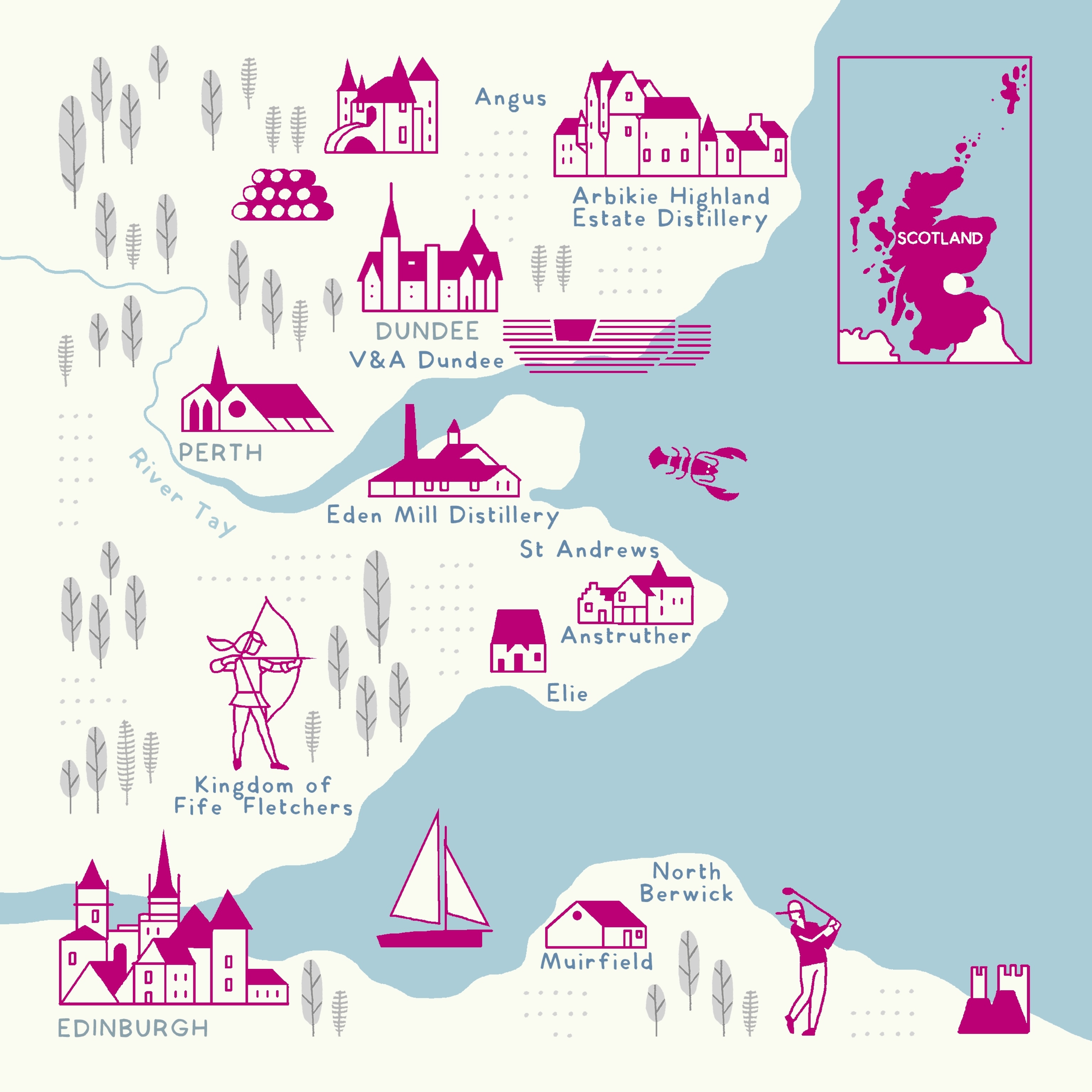
Travel north from Edinburgh over the Firth of Forth across one of its iconic bridges for a journey into the Kingdom of Fife. The scenic fishing villages of Elie and Anstruther make ideal stops en route to affluent St Andrews. More than being the home of golf, the town is home to a series of outstanding local and international restaurants, while 15 minutes out of town, The Peat Inn has held a Michelin star for the last decade.
North again and as Fife gives way to Dundee, and then on to Angus, so delicious Scottish produce comes further to the fore. The smoked haddock known as the Arbroath Smokie has been enjoyed for centuries and is unique to this region, but this area also features prominently in Scotland’s booming gin industry. The enormously successful Eden Mill is found just outside of St Andrews, while Angus’s Arbikie has re-imagined their old potato farm as one of Scotland’s leading gin distilleries. While these large companies get a lot of headlines, it’s here too that you can visit literal cottage industries like the Gin Bothy, a tiny producer making limited runs of flavored tipples and offering bespoke tours of their petite property.
These rural locations offer a chance to enjoy some of Scotland’s lesser-frequented regions, but in Dundee, the UK’s first UNESCO City of Design, there’s a new and increasingly unmissable coastal gem. Opened in late 2018, V&A Dundee is Scotland’s first design museum and sits proudly on the waterfront, part of the city’s bold redevelopment of its harbourside. With permanent and visiting exhibitions on display throughout the year, it’s a fantastic and unsurprisingly stylish way to learn about Scotland’s creative legacy.
For big city fun and the gateway to the great outdoors:
Explore Glasgow, Loch Lomond and the Trossachs
The River Clyde has literally and historically shaped Glasgow, Scotland’s largest city. These days its banks aren’t dominated by shipbuilding and industry, but modern architecture in the form of the Riverside Museum and Glasgow Science Centre. The Clydeside Distillery is a new addition to this part of the city, too, bringing whisky-making back to Glasgow for the first time in decades. The tours inside focus not just on the liquid they’re working on, but the river’s importance to the city as a whole.
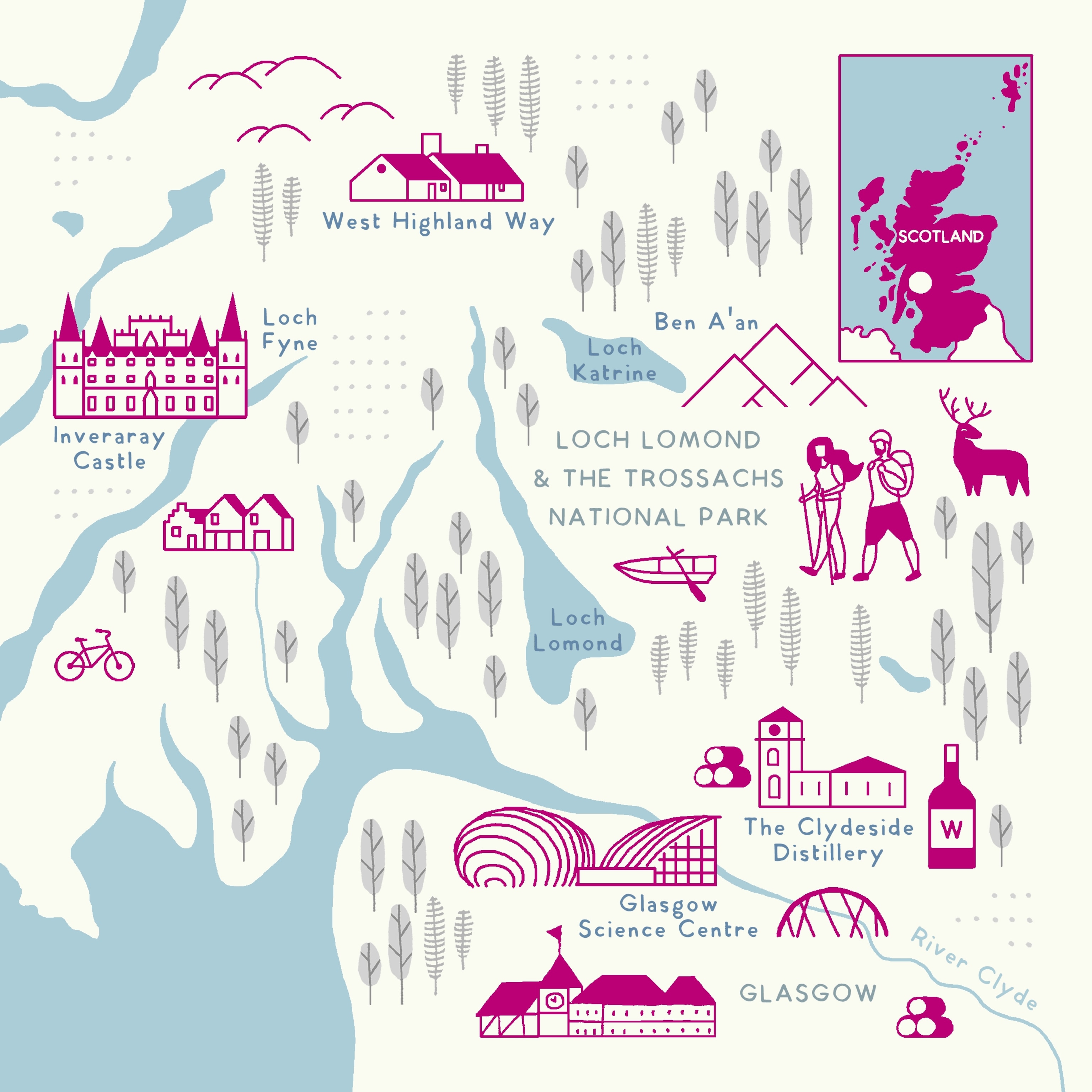
The water for the distillery comes from Loch Katrine, a little over an hour north from the city in the heart of the sensational Loch Lomond & The Trossachs National Park. Often thought of as the gateway back into the Highlands, this is Scotland of the imagination–gorgeous lochs separated by forests, mountains and very few towns. Understandably then, popular lochs like Lomond and Katrine can get busy during summer weekends, so it may be best to explore wilder corners of this incredible park–or other destinations in Argyll and Bute.
There are dozens of possible hikes, including the start of the fabled West Highland Way at Milngavie, just north of the city, but for views, one of the most satisfying anywhere in the country is from atop Ben A’an. From that summit, it’s possible to see half a dozen lochs–including Katrine. If you don’t fancy trekking, the loch also offers chances to sail or simply enjoy an ice cream on one of its natural beaches.
Much-visited Loch Lomond is unmissable for newcomers, but for a slightly more remote experience, it’s worth continuing west along the A83 back out towards the Atlantic Ocean. Along the way you’ll discover the historic town of Inveraray, complete with its castle and infamous jail, sitting on Fyne, one of Scotland’s purest sea-lochs. It offers a dazzling array of seafood, including its famous oysters, not just the best in Britain, but perhaps the entire world. Reached by a scenic 70-minute drive from Glasgow, it’s a reminder that though the landscape and waters may change dramatically, nothing is too far away in the Lowlands.
For more information on Scotland’s Year of Coasts and Waters, and to plan routes around the country, please visit www.visitscotland.com.
When visiting Scotland, check operating hours and always plan and book ahead. The Outdoor Access Code offers some great tips for traveling safely and responsibly.
At National Geographic, we want to inspire your next adventure but only when it is safe and advised to do so. Before you travel, check local and national Government guidelines for Covid-19.
